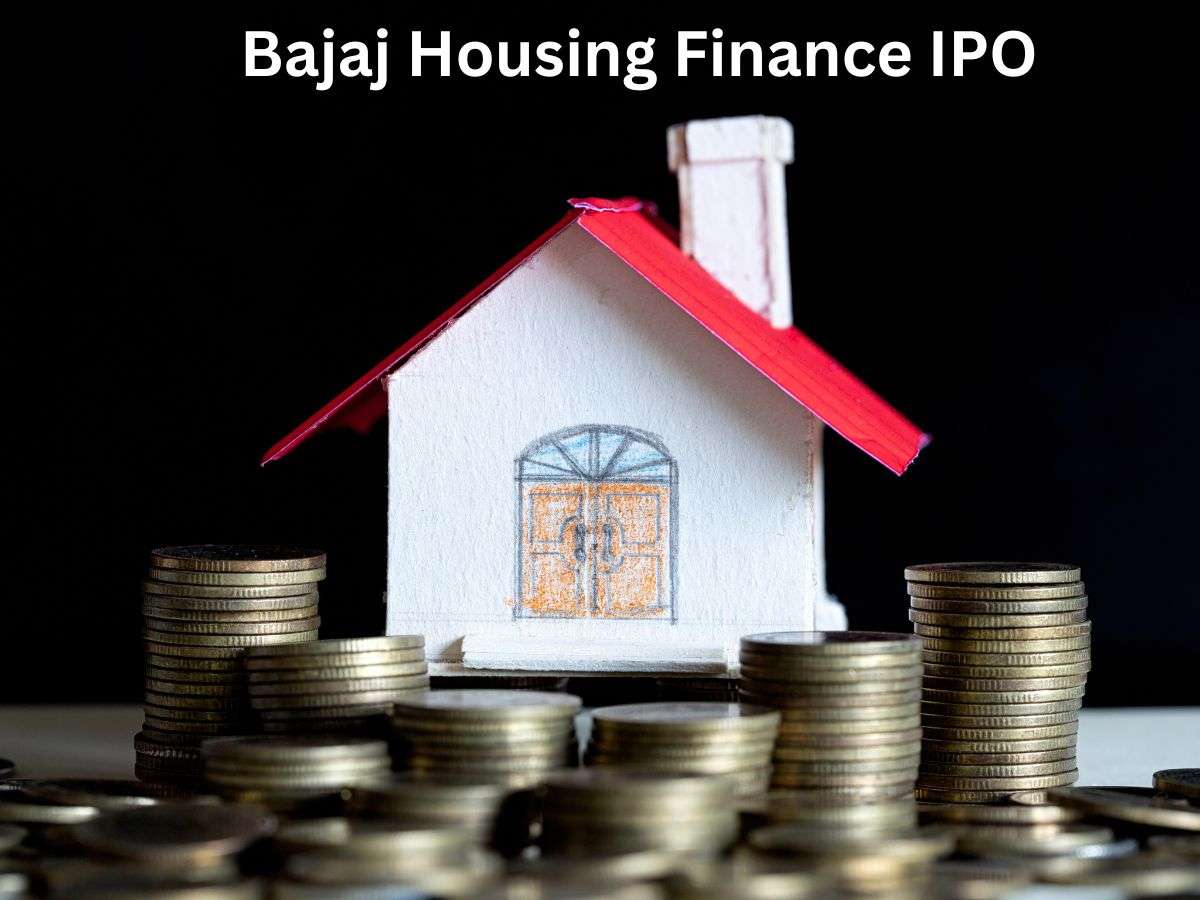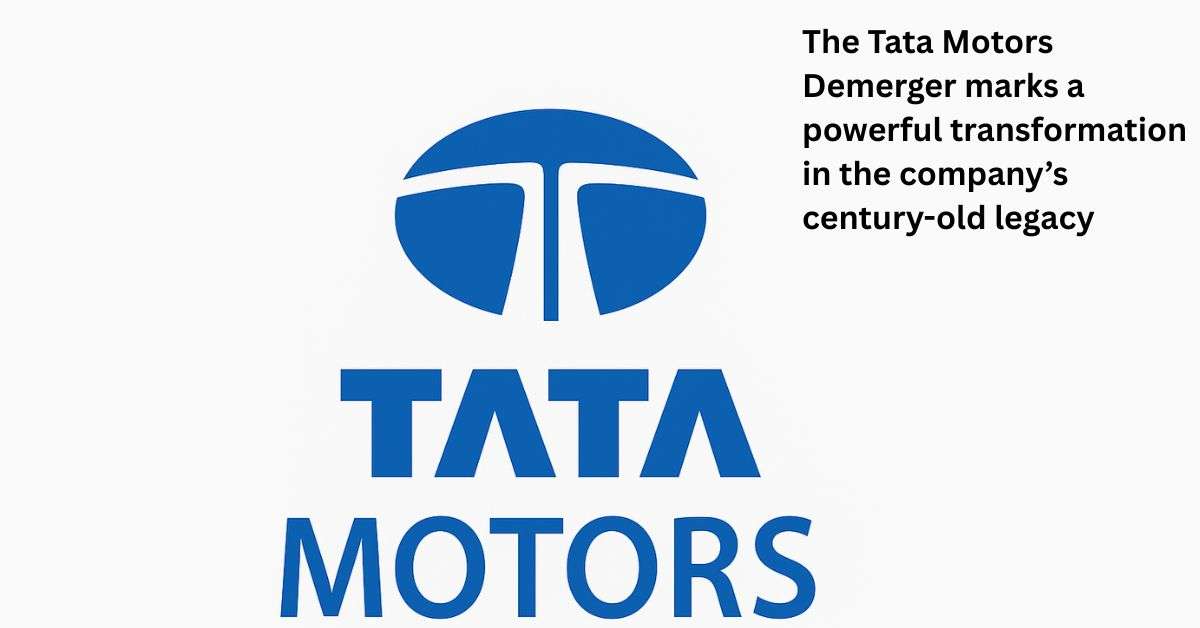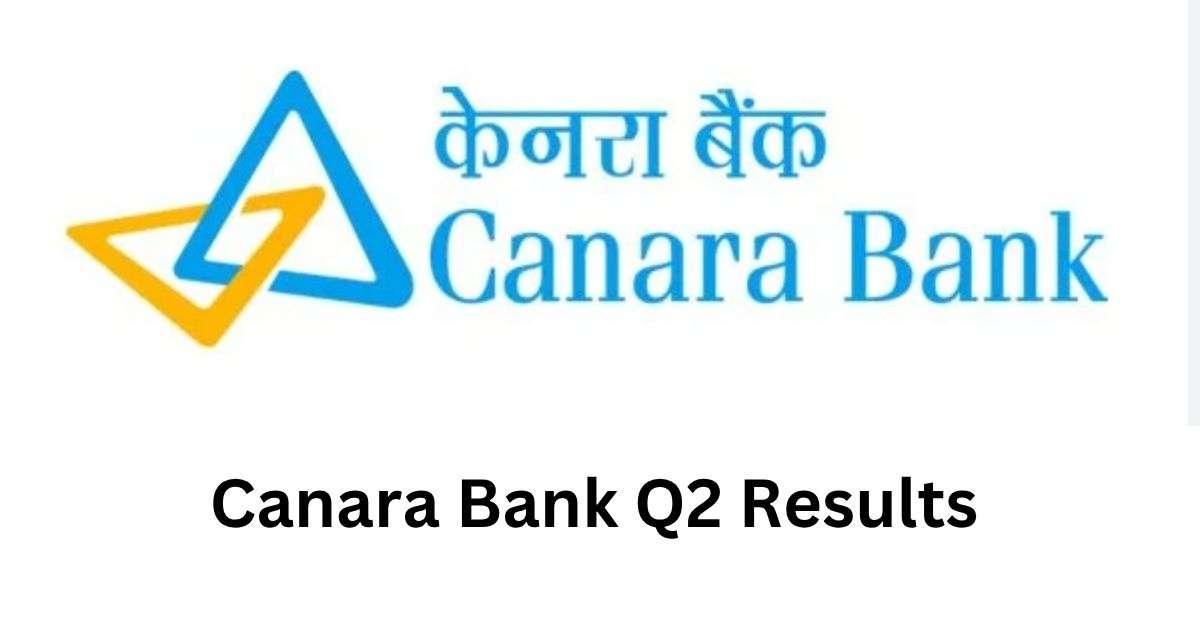1. Introduction
Bajaj Housing Finance IPO, which is scheduled to open for public subscription from September 9 to September 11, 2024. The ₹6,560 crore IPO is not only a major financial event but also a necessary step to meet the Reserve Bank of India (RBI) requirements for non-banking financial companies (NBFCs). Bajaj Housing Finance, a leading name in the housing finance industry, will use this opportunity to strengthen its capital base and broaden its market presence.
This article will walk you through the essential details, from grey market premium (GMP) trends to the role of anchor investors, pricing and shareholder allocation.

2. Bajaj Housing Finance IPO Overview
2.1 Objective of the IPO
The main goal of Bajaj Housing Finance’s IPO is to comply with RBI’s regulation, according to which upper-tier NBFCs must be listed on the stock market by September 2025. The listing will increase transparency and allow the company to leverage a larger pool of investors for future growth.
2.2 RBI Listing Mandate
In an effort to improve governance and monitoring, the RBI has stipulated that NBFCs like Bajaj Housing Finance must be publicly listed by 2025. This ensures that large NBFCs adhere to the high regulatory standards expected from banks.
3. IPO Details
3.1 Issue Size
The Bajaj Housing Finance IPO is structured as a ₹6,560 crore offering. This comprises a fresh issue of ₹3,560 crore and an offer-for-sale (OFS) of ₹3,000 crore by its parent company Bajaj Finance. The fresh issue will bring in fresh capital, while the OFS allows existing shareholders to sell part of their stake.
3.2 Price band and subscription dates
The price band for the public issue has been set between ₹66 and ₹70 per share. Investors can subscribe between September 9 and September 11, 2024. This price range allows for wider participation while maintaining affordability for retail investors.
3.3 Anchor investors
Just ahead of the IPO, Bajaj Housing Finance raised ₹1,758 crore from a prestigious list of anchor investors, including the Government of Singapore, Abu Dhabi Investment Authority (ADIA) and notable financial institutions such as Morgan Stanley, Nomura and Goldman Sachs. These investors were allotted shares at the upper end of the price band, indicating strong demand even before the public issue.
3.4 Shareholder Quota
Existing shareholders of Bajaj Finance or Bajaj Finserv as on the date of filing of RHP can apply under the shareholder quota of Bajaj Housing Finance IPO. This gives loyal stakeholders of the Bajaj Group an opportunity to directly participate in this IPO.
4. Use of IPO Proceeds
4.1 Strengthening Capital Base
The company will use the funds raised from the fresh issue to strengthen its capital base. This additional capital will be directed towards meeting future financial needs and complying with RBI’s capital adequacy norms. With this financial boost, Bajaj Housing Finance will be better equipped to expand its loan portfolio and meet the growing demand in the housing finance market.
5. Grey Market Premium (GMP)
5.1 GMP before and after filing of RHP
The grey market premium (GMP) for Bajaj Housing Finance has been climbing, indicating increased investor interest. Before filing the red herring prospectus (RHP), the GMP was around ₹42. After filing the RHP, the premium increased to ₹55. This premium is about 79% higher than the upper price band of ₹70, indicating high demand and investor confidence in the offering.
6. Regulatory Filings and Approvals
6.1 SEBI Approval
Bajaj Housing Finance filed its IPO papers with the Securities and Exchange Board of India (SEBI) in June 2024. The proposed size was ₹7,000 crore, and SEBI gave its approval in early September. With the regulatory green signal, Bajaj Housing Finance is now ready to go ahead with its public offering.
6.2 Market Clearance
SEBI approval is crucial for any IPO, and Bajaj Housing Finance has met all the necessary requirements to go ahead. This approval ensures that the company complies with regulatory norms, making it a trustworthy investment for both retail and institutional investors.
7. Lead Manager
7.1 Kotak Mahindra Capital
Kotak Mahindra Capital is one of the key book-running lead managers for this IPO. Known for its expertise in managing large-scale public offerings, Kotak Mahindra will oversee the execution of this IPO along with other financial institutions.
7.2 SBI Capital Markets
Apart from Kotak Mahindra, SBI Capital Markets, BofA Securities India and JM Financial are on board as book-running lead managers. These institutions use their extensive experience to ensure the success of the IPO in attracting a diverse range of investors.
8. Investor Quota
8.1 Qualified Institutional Buyers (QIBs)
For the IPO, 50% of the shares are reserved for qualified institutional buyers (QIBs), ensuring that a large number of institutional investors can participate. This high allocation to QIBs typically reflects strong interest from mutual funds, insurance companies and foreign institutional investors.
8.2 Non-Institutional Investors (NIIs)
15% of the offering is allocated to non-institutional investors (NIIs), which include high-net-worth individuals and corporate entities. This quota is designed to attract large investments beyond the retail level.
8.3 Retail Investor Allocation
Retail investors have been allocated 35% of the IPO. This provides individual investors with an opportunity to participate in a major public offering of one of India’s leading housing finance companies.
9. Expert Insights
9.1 Analyst Opinion
Financial sector experts are optimistic about the Bajaj Housing Finance IPO. They cite the company’s solid financial performance, its backing from the Bajaj Group and its leading position in the NBFC sector as the key reasons for the strong demand. Market analysts expect the IPO to receive more applications due to high investor confidence and the company’s growth potential.
10. Future Outlook
10.1 Growth of the NBFC Sector
The NBFC sector in India is expanding steadily, driven by rising demand for housing loans, consumer loans and infrastructure financing. Bajaj Housing Finance is well positioned to benefit from this growth given its diversified loan portfolio and strong business model.
10.2 Trends in Housing Finance
With urbanisation and the government’s focus on affordable housing, the housing finance sector is expected to see continued growth. Bajaj Housing Finance, with its customer-centric lending approach, is likely to capture a large share of this growing market.
11. Conclusion
The Bajaj Housing Finance IPO offers investors a unique opportunity to get associated with one of India’s most prominent NBFCs. The combination of strong anchor investor participation, high GMP and clear growth trajectory makes this IPO highly attractive. Whether you are a retail investor or an institutional player, this IPO presents an opportunity to invest in a company poised for sustained growth in the housing finance sector.
ZERODHA 1) : https://zerodha.com/open-account?c=EJ4366
Angelone 2) : https://tinyurl.com/2gloc3g6 or
Upstox3): https://link.upstox.com/9w4tNo1rK8au7VK47










What i do not understood is in truth how you are not actually a lot more smartlyliked than you may be now You are very intelligent You realize therefore significantly in the case of this topic produced me individually imagine it from numerous numerous angles Its like men and women dont seem to be fascinated until it is one thing to do with Woman gaga Your own stuffs nice All the time care for it up